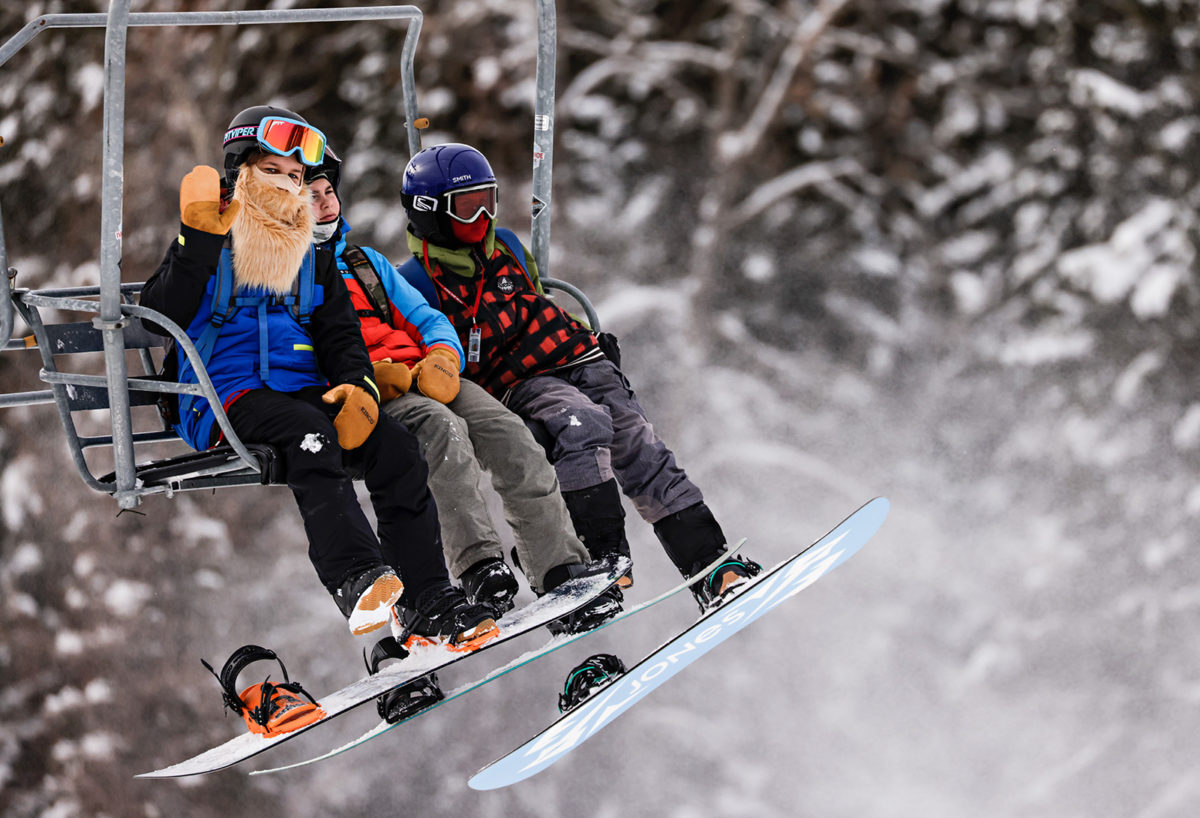
Montana’s Outdoor Recreation Sector Grew 14% in 2022
The industry contributed $2.9 billion to state GDP in 2022; ranks third in nation for contribution to GDP, according to a new report by the Bureau of Economic Analysis
The U.S. Bureau of Economic Analysis (BEA) in a report released earlier this month confirmed Montana’s outdoor recreation industry remains a prominent driver of the state’s economy. The report, which detailed the economic impact of the industry in 2022, showed outdoor recreation accounted for 4.3% of Montana’s gross domestic product (GDP) last year, down .1% from 2021 and the third highest percentage of any state, behind only Hawaii at 5.6% and Vermont at 4.6%.
Montana is also among the states with the highest percentage of workers employed in the industry, 5.6%, accounting for 29,453 jobs. Hawaii again led that category with 6.8% of the workforce in the sector, followed by Alaska with 5.9%. Montana and Wyoming tied for fourth. Montana added 1,869 outdoor recreation jobs in 2022.
The 2022 BEA report shows a complete rebound from the height of the multi-year COVID-19 pandemic, with the industry exceeding the 2019 value added to national GDP for the first time. The U.S. Census Bureau ranked the outdoor recreation sector as the second most affected industry nationwide behind the food and accommodations sector.
The national GDP contribution of $469 billion was $1 billion more than 2019, and grew 4.8% from 2021, triple the pace of the overall U.S. GDP growth. The BEA calculates the total economic output of outdoor recreation has surpassed the mining, utilities, farming and ranching and chemical products manufacturing industries. The report also shows that 3.2% of all U.S. employees work in outdoor recreation.
Montana first exceeded its pre-pandemic high in 2021 due to a surge in recreation visitation that year and the new 2022 report showed the $2.9 billion outdoor industry was a 14% increase from 2021.
This was the sixth release of the BEA’s impact study of the outdoor recreation industry following the Outdoor Recreation Jobs and Economic Impact Act, signed into law by President Barack Obama in 2016, which broadened the federal government’s analysis.
“It comes as no surprise that outdoor recreation and the outdoor economy continue to demonstrate outstanding growth, which also supports the historic trends in outdoor participation we have seen in recent years,” Kent Ebersole, president of the Outdoor Industry Association, said in a press release. “This new data demonstrates the strength of the outdoor recreation industry and our collective power to drive sustainable economic growth while protecting – and growing access to – the benefits of the outdoors for everyone.”
The Outdoor Industry Association, a nonprofit that promotes outdoor access in the U.S., reports that the number of outdoor participants grew for the eighth consecutive year to a record 168.1 million in 2022.

Within the recreation industry, the report classifies activities under three general categories: conventional activities (including activities such as bicycling, boating, hiking, hunting and RVing); other core activities (such as gardening and outdoor concerts); and supporting activities (such as construction, travel and tourism, local trips and government expenditures).
Across conventional activities the following metrics stood out in 2022:
RVing moved up to become the largest conventional activity nationally at $35.5 billion in current-dollar value added and claimed the same ranking in Montana for the first time, where it contributed $290.6 million, an 81% year-over-year increase. This was the largest conventional activity in 22 states.
Boating/fishing dropped to the second-largest conventional activity for the nation at $32.4 billion in current-dollar value added and was the largest conventional activity in 24 states and the District of Columbia. Montana saw a decrease in boating and fishing of more than 13%, but the activity still added $140.3 million to the state.
Motorcycling/ATVing was the third-largest conventional activity for the nation at $11.5 billion in current-dollar value added, surpassing hunting/shooting/and trapping.
Hunting/shooting/trapping remained the third-largest conventional activity in Montana, but its $85.8 million contribution to the sector saw a less than 1% increase from 2021.
Snow activities for Montana ballooned by 30% over 2021, bringing in $62.7 million, the fourth largest activity in the sector. The largest contributors were Colorado ($1.4 billion), California ($688.2 million) and Utah ($601.8 million).